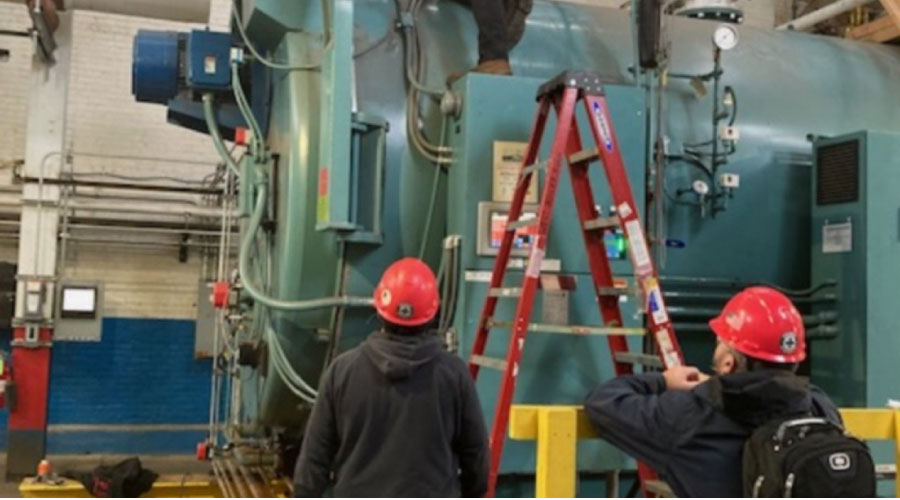Chillers: Steps to Retrocommissioning
The retrocommissioning process consists of three basic steps: data collection, data analysis, and implementation.
Data collection starts with a review of the installation to gather basic information on installed equipment, connected loads, and system operations. The team conducting the retrocommissioning should review as-built drawings and the manufacturer's operating and maintenance manuals.
The next step is to review the chiller's maintenance records and identify trends. The retrocommissioning team also should interview managers and technicians to better understand the way the system has been operating, as well as to gather information on known operational and maintenance problems.
Once this phase is complete, the team should conduct a detailed review to determine conditions related to the chiller's operation. For example, a review of the installation and related drawings will determine if the chiller's installation actually matched its original design.
The team also should compare data from performance tests with manufacturer data to determine if the chiller is performing as efficiently as possible. If the team finds significant differences, the next step in the process is to dig into the data to find the cause of the problem.
Once the team has fully analyzed the data, the next phase is to identify appropriate steps to improve the chiller's reliability and performance. These options can range from changes in operating procedures to overhauls of and retrofits to the entire chiller system.
Related Topics:













